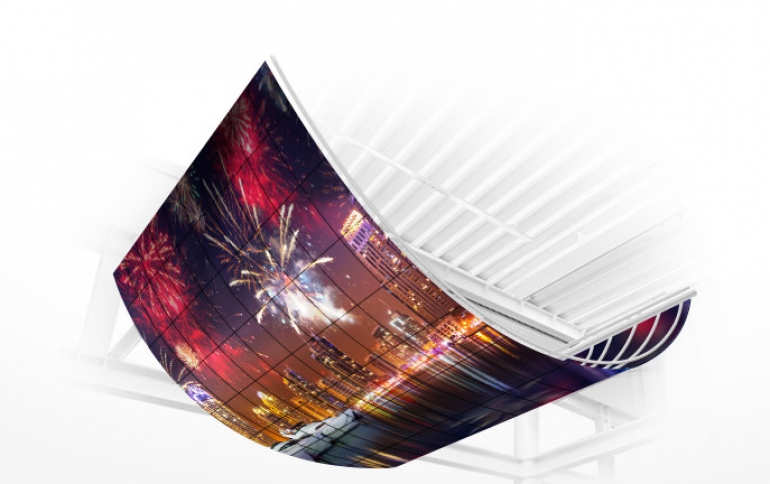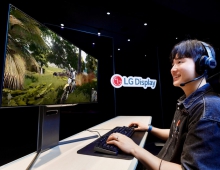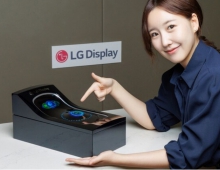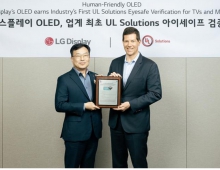
LG Display to Offer Its Foldable Smartphone and PC Display Technology to Huawei, Xiaomi and Lenovo: report
LG Display has been reportedly working on developing foldable displays for smartphones with Chinese partners, rather that releasing an LG-branded foldable smartphone, at least for now.
South Korean publication The Elec reports that LG Electronics has decided to work with Huawei, Xiaomi and Lenovo in foldable smartphone devices. This is in contrast to Samsung Display’s collaboration with Samsung Electronics’ Wireless Business division on initiating foldable devices years ago.
LG Display is developing a 13.3-inch, 2560 x 1600 resolution QXGA foldable panel and expects to go into production by Q3 of 2019. Lenovo is said to use the panel for a foldable tablet, set for release in Q4 2019. The tablet is expected to fold inward, without any outer display, with parts of the display to be visible showing notifications.
China's Huawei is said use a 6-inch display that folds outward, in which both sides of the screen will be visible.
Outward folding has typically a larger curve than the inward method, applying more stress to the folding parts and thus, challenging durability. Huawei is reportedly working on that with Chinese BOE as well.
LG Display is also carrying out similar project with Xiaomi.
Samsung Electronics has already showcased its first foldable smartphone, unfolds to a tablet and has a separate panel on its front side when folded.
Samsung Display aims to provide its foldable panels to other customers besides Samsung Electronics.
LG Display 'Mobile CSO' panel
In related news, LG Display is also developing organic light emitting diode (OLED) panels for smartphones featuring a notch-less design. The crystal sound OLED (CSO) additionally embeds the call speaker occupying the largest area of the mobile phone into the panel.
The company introduced CSO technology for TV OLED panels at CES 2017 in January, 2017. Sony also adopted this technology and released a completed product, the OLED TV.
CSO uses a diaphragm indide the OLED panel to generate sound without using any magnet. Instead, LG Display installed a piezo vibration motor onto CSO for mobile.
The notch-less, mobile CSO panes are expected to be delivered to Huawei, Oppo, and Vivo.
Samsung Display has also developed notch-less OLEDs that feature holes on them in order to place various sensors. The first application of this technology is reported to be the 2019 mid-range Galaxy A series, which is expected to be released early next year. The call receiver in the new Galaxy A-series is also known to be equipped with a built-in speaker similar to LG Display CSO structure.





















